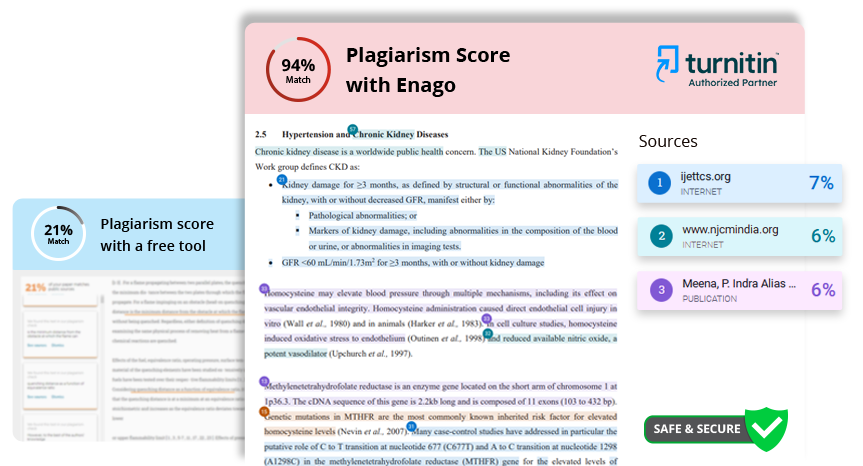How to Stop Plagiarism in Writing
Plagiarism is the act of passing off someone else's work as your own. It can be intentional or unintentional, but it is always wrong. Plagiarism can have serious consequences, including academic probation, expulsion, and even legal action.
There are a number of things that can be done to stop plagiarism in writing, both by individuals and by institutions.
Individuals can:
- Understand what plagiarism is. It is important to have a clear understanding of what plagiarism is and what it is not. There are many resources available online and in libraries that can help you learn more about plagiarism.

- Cite your sources correctly. When you use information from another source, you must cite it correctly. This means giving credit to the original author and providing enough information so that your reader can find the source. There are many different citation styles, such as APA, MLA, and Chicago. Be sure to use the citation style that is required by your instructor or publisher.

- Paraphrase and summarize correctly. Paraphrasing and summarizing are two ways to use information from other sources without plagiarizing. When you paraphrase, you put someone else's ideas into your own words. When you summarize, you condense a longer piece of writing into a shorter one. When you paraphrase or summarize, be sure to cite the original source.
- Use plagiarism detection software. There are a number of plagiarism detection software programs available, such as Turnitin and Grammarly. These programs can scan your writing for passages that have been copied from other sources.

Institutions can:
- Educate students about plagiarism. Schools and universities should educate students about plagiarism at all levels. This includes teaching students what plagiarism is, how to avoid it, and the consequences of plagiarizing.
- Use plagiarism detection software. Schools and universities can use plagiarism detection software to scan student papers for plagiarism. This can help to deter students from plagiarizing and can also help to identify students who have plagiarized.
- Have clear policies on plagiarism. Schools and universities should have clear policies on plagiarism that outline the consequences for students who are caught plagiarizing. These policies should be communicated to students at the beginning of each semester.
By following these tips, individuals and institutions can help to stop plagiarism in writing.
Here are some additional tips for avoiding plagiarism:
- Keep track of your sources. As you are doing research, keep track of all of the sources that you use. This will make it easier to cite your sources correctly when you are writing your paper.
- Take your own notes. When you are reading a source, take your own notes in your own words. This will help you to avoid accidentally copying directly from the source.
- Give yourself time to write. Don't wait until the last minute to start writing your paper. This will give you more time to think about your ideas and to write in your own words.
- Proofread your work carefully. Before you submit your paper, proofread it carefully to make sure that you have cited all of your sources correctly.
If you are unsure about whether or not something is plagiarism, it is always best to err on the side of caution and cite your source.
AI chatbots can be looked as plagiarism, depending on how they are used. If you use an AI chatbot to generate text and then submit that text as your own work, that is plagiarism. Plagiarism is the act of passing off someone else's work as your own, and it doesn't matter whether that work was created by a human or by a machine.
However, AI chatbots can also be used in a way that is not plagiarism. For example, you can use an AI chatbot to help you brainstorm ideas or to generate rough drafts. Once you have generated some text using an AI chatbot, you should carefully review it and edit it to make sure that it is your own original work. You should also cite the AI chatbot as a source in your bibliography.
Here are some tips for using AI chatbots without plagiarizing:
- Only use AI chatbots to generate ideas or rough drafts. Do not submit text generated by an AI chatbot as your own work without carefully reviewing and editing it.
- Cite the AI chatbot as a source in your bibliography.
- Be honest with your teacher or instructor about how you used the AI chatbot.
It is important to note that AI chatbots are still under development, and they can sometimes generate text that is factually incorrect or grammatically incorrect. It is therefore important to carefully review and edit any text generated by an AI chatbot before submitting it as your own work.















![[LIVE] Engage2Earn: McEwen boost for Rob Mitchell](https://cdn.bulbapp.io/frontend/images/c798d46f-d3b8-4a66-bf48-7e1ef50b4338/1)















